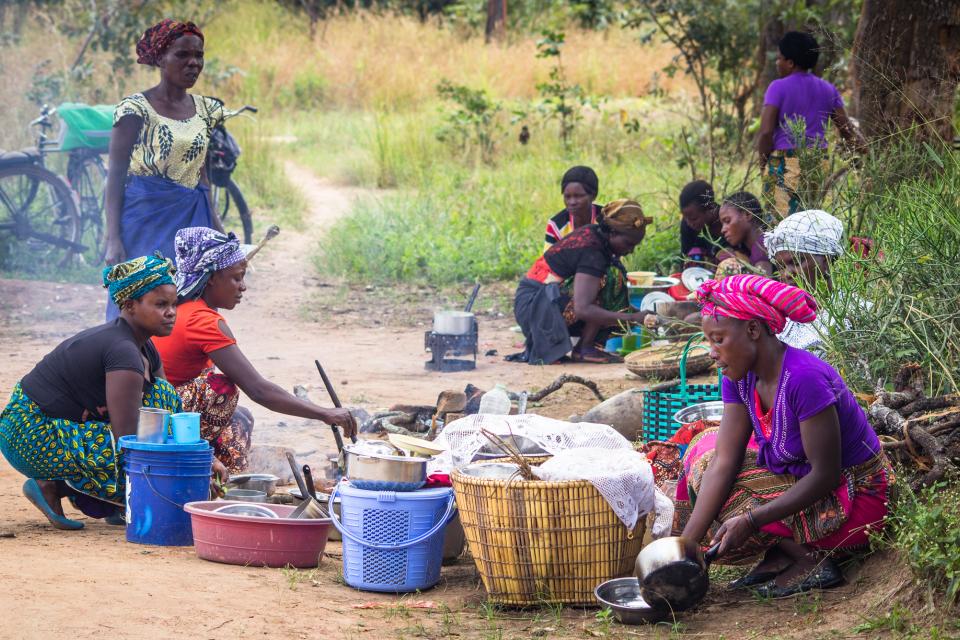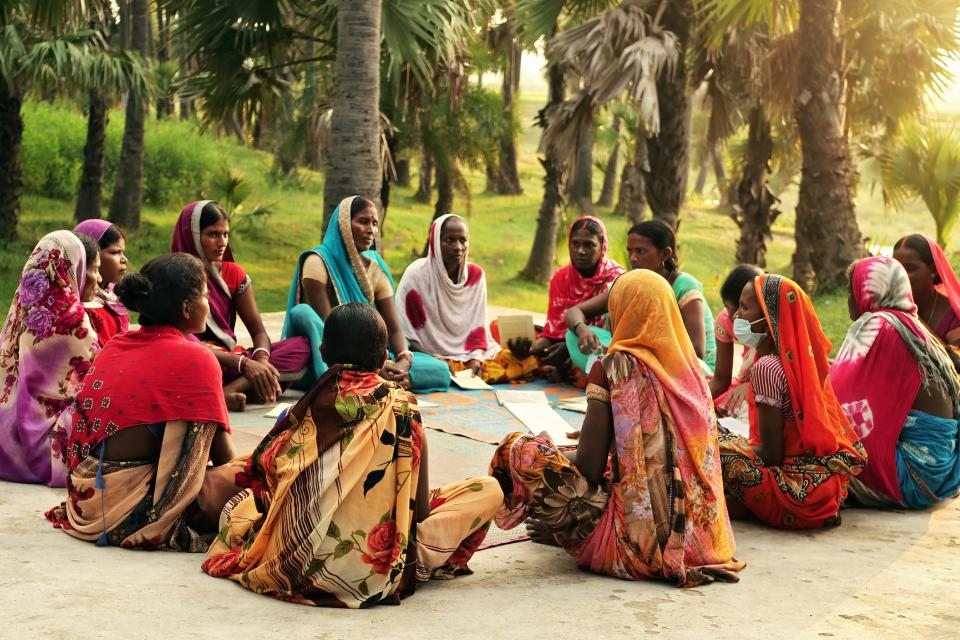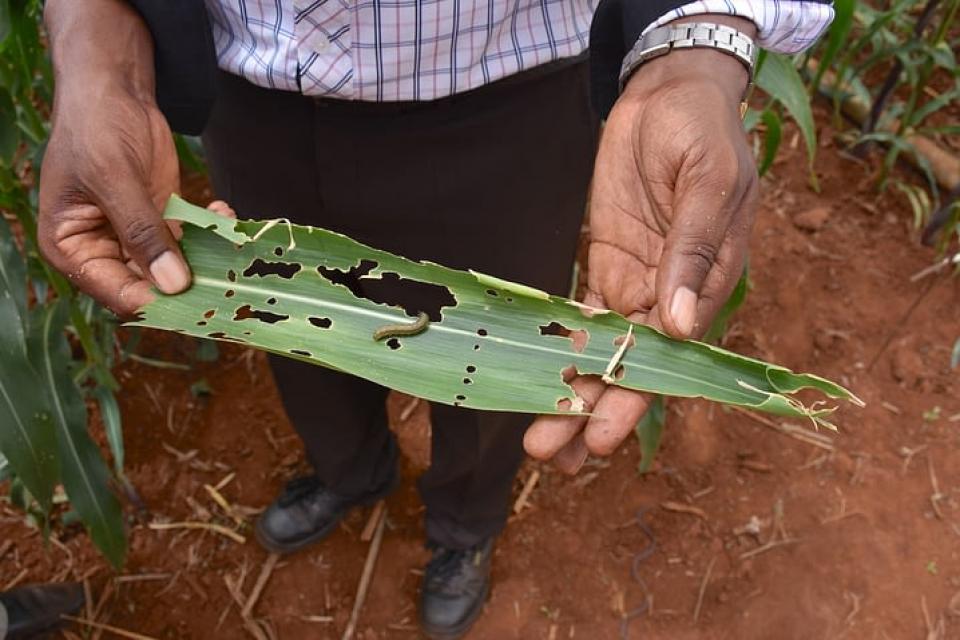A gender-responsive tool for better pest and disease management
 Photo: Emmanuel Museruka/CIP
Photo: Emmanuel Museruka/CIP
Women play a vital role in agriculture, especially in developing countries, but because technologies, practices and training are mainly designed by and delivered to men, they are less effective at enabling women to achieve their productive potential. Research and development professionals are working to overcome such gender biases, but they aren’t always sure how to best go about it, especially when it comes to technical issues.
“Technologies to control pests and diseases are primarily developed from scientific perspectives, without considering farmers’ behaviors and capacities, which vary with social, gender and economic contexts,” observes Nozomi Kawarazuka, a social anthropologist with the International Potato Center (CIP).
Kawarazuka notes that pests and diseases cause 20 to 40 percent of crop loss globally, most of it in developing countries, so improving their management by small scale farmers could significantly improve food security and incomes. She participated in a multidisciplinary group of CGIAR scientists who studied gender and cultural differences in how farmers deal with pests and diseases and came up with a list of frequently asked questions and responses to help researchers and extension agents take such issues into account. They compiled that information in a brief that provides advice in areas such as designing research questions, overcoming common challenges and facilitating women’s participation.


